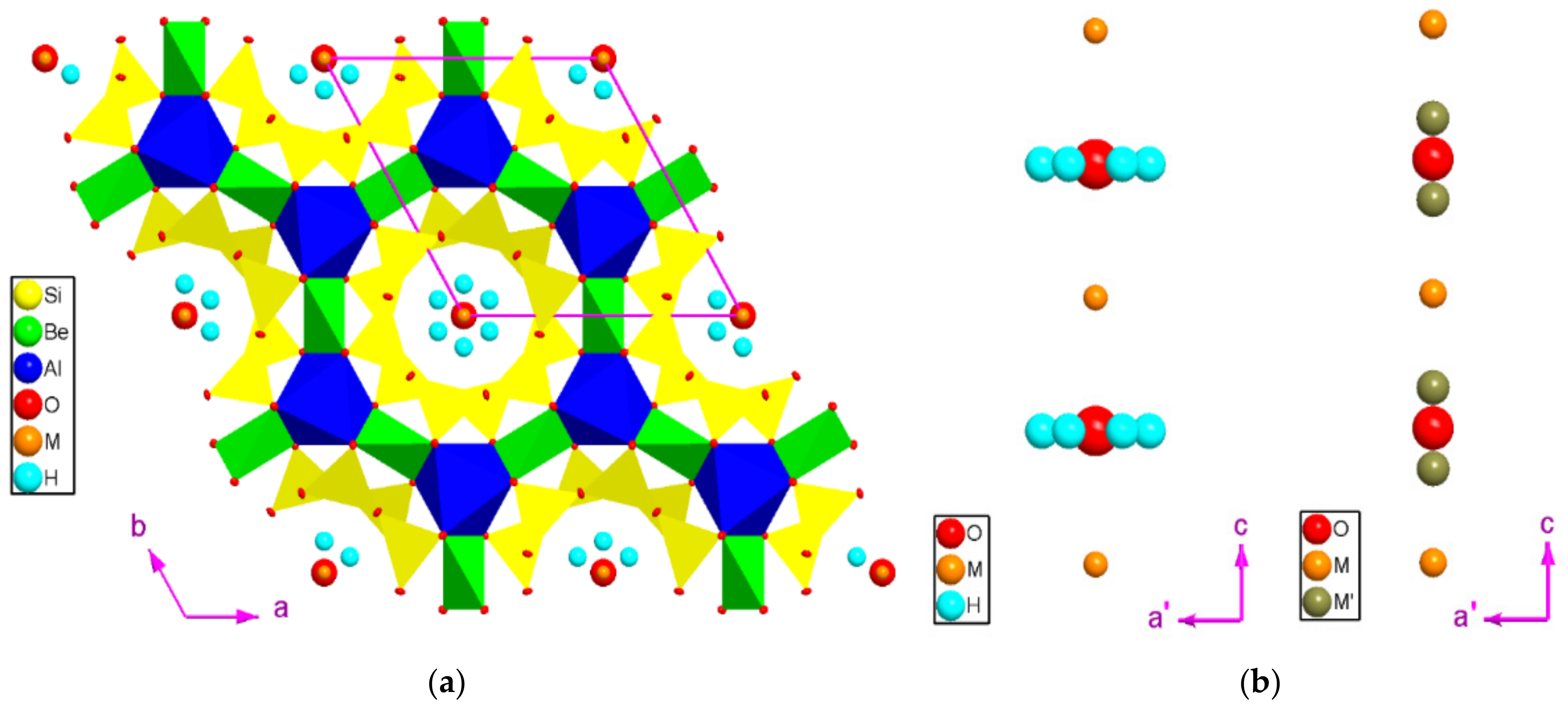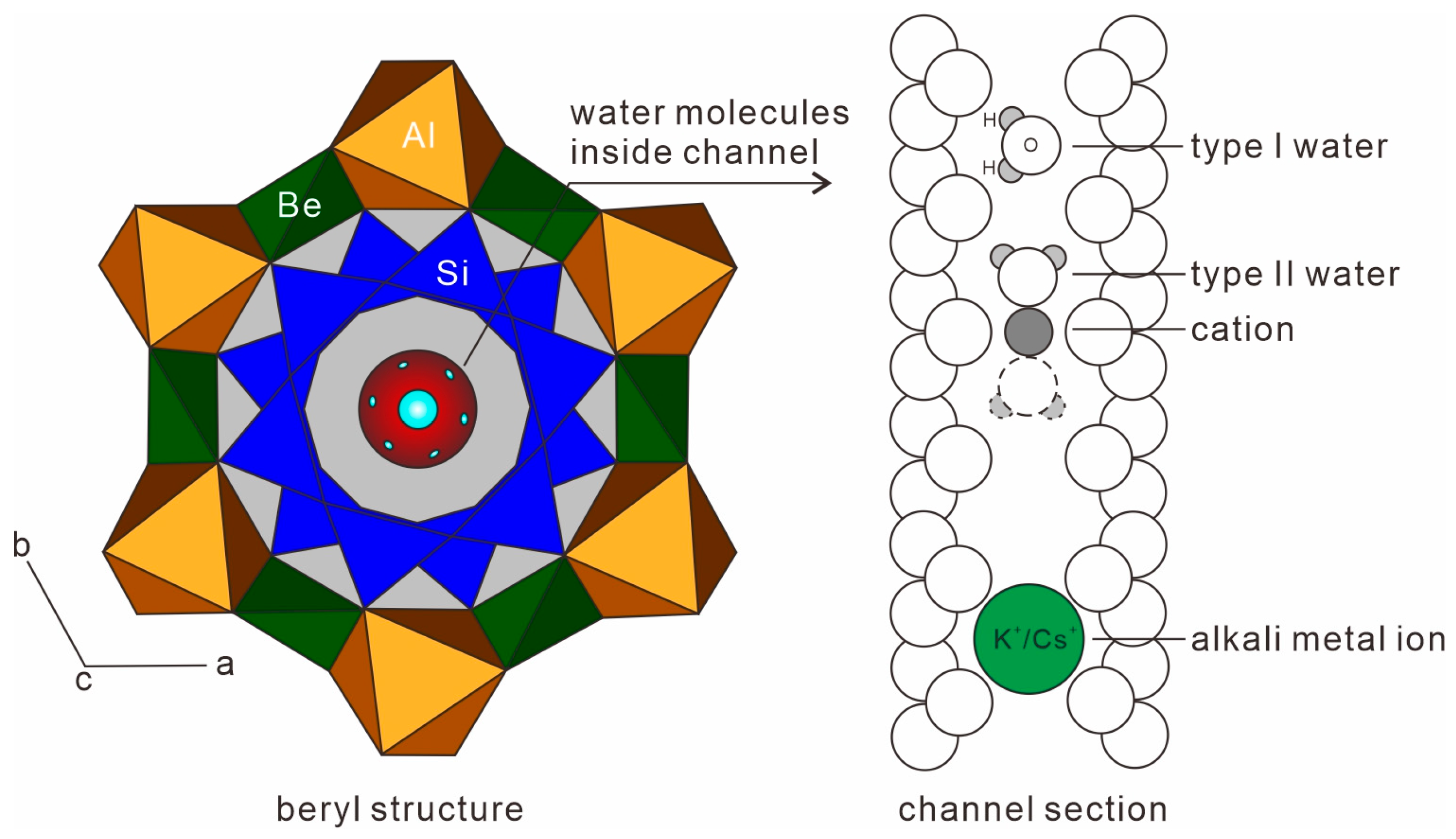National Hurricane Center (NHC) Advisory for Hurricane Beryl: Nhc Beryl

Nhc beryl – The National Hurricane Center (NHC) has issued an advisory for Hurricane Beryl, a Category 1 hurricane that is expected to strengthen as it moves over the Atlantic Ocean.
Nhc beryl has been a powerful force of nature, bringing heavy rainfall and strong winds to the Caribbean. For the latest updates on the storm’s path and impact, please visit nhc beryl. Nhc beryl is expected to continue its path through the Caribbean, so stay informed and take precautions to stay safe.
Track and Intensity
Hurricane Beryl is currently located about 900 miles east of the Lesser Antilles and is moving west-northwest at 14 mph. The NHC forecasts that Beryl will continue to move in this direction for the next few days, passing north of the Leeward Islands and Puerto Rico. The storm is expected to strengthen to a Category 2 hurricane by Friday and could reach Category 3 strength by Saturday.
NHC Beryl na wan powerful hurricane we don pass through di Windward Islands. Di hurricane cause serious damage to property and infrastructure, and e also cause some flooding. NHC Beryl now moving away from di islands, but di people dem still dey clean up and repair di damage.
Potential Impacts
Hurricane Beryl is expected to bring heavy rainfall, strong winds, and storm surge to the Leeward Islands and Puerto Rico. The NHC warns that these impacts could cause flooding, power outages, and other disruptions.
Recommendations
The NHC recommends that residents in affected areas monitor the storm’s progress and follow the instructions of local officials. Residents should also prepare for the possibility of power outages and flooding by securing loose objects and having an emergency plan in place.
Impacts of Hurricane Beryl on Coastal Communities

Hurricane Beryl is expected to bring significant impacts to coastal communities due to its strong winds, heavy rainfall, and potential storm surge. Coastal areas that are particularly vulnerable to these impacts include those located in low-lying areas, near inlets or rivers, and with limited natural barriers such as dunes or mangroves.
Storm Surge
Storm surge is a major threat to coastal communities during hurricanes. It is a wall of water that can reach heights of several meters and can cause severe flooding and damage to infrastructure. Areas that are most at risk from storm surge are those that are located at or below sea level, such as barrier islands and coastal marshes.
Flooding
In addition to storm surge, Hurricane Beryl is also expected to bring heavy rainfall to coastal areas. This rainfall can lead to flash flooding, river flooding, and urban flooding. Flash flooding can occur quickly and without warning, making it particularly dangerous. River flooding can occur when rivers overflow their banks, inundating nearby areas. Urban flooding can occur when stormwater drainage systems are overwhelmed by heavy rainfall, leading to flooding in streets and buildings.
Wind Damage
Hurricane Beryl’s strong winds can also cause significant damage to coastal communities. High winds can damage or destroy buildings, trees, and power lines. They can also cause debris to become airborne, which can pose a hazard to people and property. Areas that are most at risk from wind damage are those that are located in exposed areas, such as coastal bluffs or open fields.
Measures to Prepare for and Mitigate Impacts, Nhc beryl
Coastal residents can take a number of steps to prepare for and mitigate the impacts of Hurricane Beryl. These steps include:
* Evacuating to a safe location if ordered to do so by local authorities.
* Securing loose objects around your home, such as outdoor furniture and grills.
* Boarding up windows and doors.
* Filling your bathtub and other containers with water in case of a water outage.
* Having a battery-powered radio and flashlights on hand.
* Having a plan for how you will communicate with family and friends in case of an emergency.
Historical Hurricanes Similar to Beryl

To enhance preparedness and response efforts for Hurricane Beryl, it is instructive to examine historical hurricanes that share similar characteristics. By comparing and contrasting the tracks, intensities, and impacts of these past events, valuable lessons can be learned.
Hurricanes with trajectories akin to Beryl’s include Hurricanes Danielle (2022), Earl (2022), and Fiona (2022). These storms exhibited similar tracks, originating from the eastern Atlantic Ocean and traversing towards the Caribbean Sea. While Danielle remained at tropical storm strength, Earl and Fiona intensified into major hurricanes, causing significant damage in the Caribbean and eastern Canada, respectively.
Intensity Comparison
Hurricane Beryl’s initial intensity was comparable to that of Earl and Fiona at their respective formation stages. However, Beryl’s intensification rate was slower than both hurricanes, resulting in a lower peak intensity. This highlights the importance of monitoring storm development closely, as rapid intensification can significantly impact the severity of a hurricane’s impacts.
Impact Assessment
The impacts of historical hurricanes similar to Beryl underscore the need for comprehensive preparedness and response plans. Hurricanes Danielle, Earl, and Fiona caused widespread power outages, flooding, and infrastructure damage. Evacuations were ordered in affected areas, and recovery efforts took weeks or even months.
By studying these past events, emergency managers can identify vulnerable areas, develop effective evacuation strategies, and allocate resources efficiently. The lessons learned from historical hurricanes serve as a reminder of the importance of proactive measures in mitigating the devastating impacts of these natural disasters.